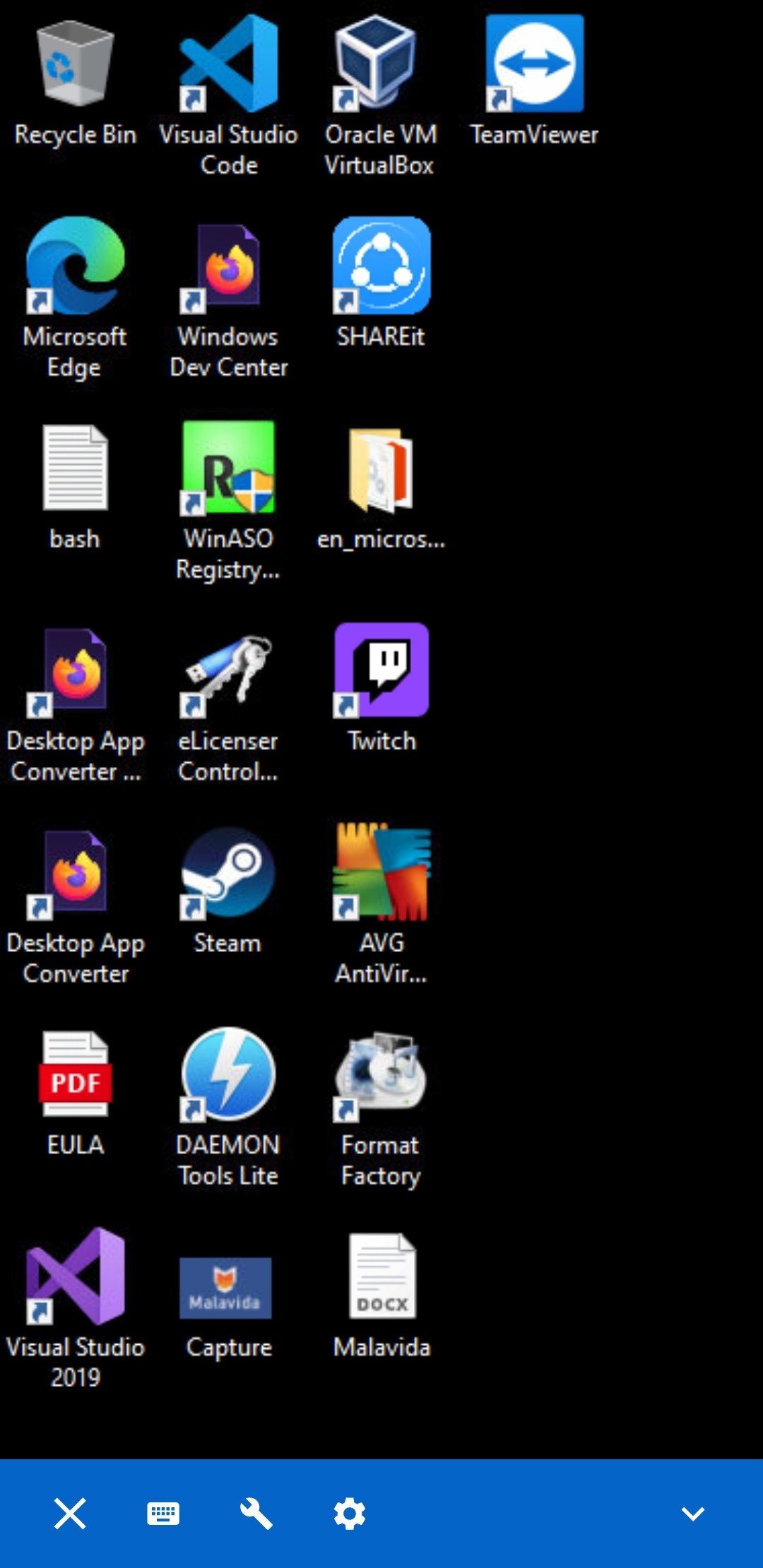

- Vnc viewer for mac support software#
- Vnc viewer for mac support password#
- Vnc viewer for mac support download#
Vnc viewer for mac support password#
The next prompt will ask for the VNC password you chose when you set up the VNC session. First, you will need to provide your UW NetID password. Once you’ve filled in all the fields, hit the “Connect” buttonĪfter pressing the Connect button, you will be asked for two passwords.“SSH User” is your NetID – if you leave this blank, you will be asked for it right after the next step.“SSH Server” must be the name of the server you started the VNC server on (.edu in this example).You must check the box “Use SSH tunneling”.For “Port”, use the port number from steps 3 and 4 of the previous section (e.g.For “Remote Host”, use either “localhost” or “127.0.0.1”.Launch TightVNC’s Java Viewer, then do the following:
Vnc viewer for mac support software#
The ECE Linux Lab machines require you forward your VNC session over SSH, which is why we only support use of the TightVNC Java Viewer – that software can manage SSH forwarding automatically. With your VNC session now running, you can now connect to that hostname and port number using TightVNC. If it tells you the display is “:3”, you’d need to use port 5903 and so on. VNC ports start at 5900 – so when TigerVNC refers to “Display :2”, the port number VNC maps to that display is 5900 + 2 = 5902. Take note of the display number associated with the session.To verify whether a VNC session is already running, use the “-list” argument: $ vncserver - list TigerVNC server sessions : edu : 2 Starting applications specified in / homes / nemo /. 0.1 New '.edu:2 (nemo)' desktop is linux - lab - 069.ece. You can start a VNC session by using the vncserver command as follows:.(Technically you don’t need to set up a new VNC password if you’ve previously created one, but doing this each time ensures you remember what it is!)Note that while you’re typing your password on Linux, you will not see any feedback at all (no asterisks). Note that VNC passwords must be 8 characters or less – if you type a longer password, everything after character eight is ignored.

Vnc viewer for mac support download#
Be sure you download the Java Viewer from that page, not the Windows version or anything else. The VNC software unfortunately does not appear to be compatible with other Java engines. The following software is required – it works on both Windows and macOS: VNC sessions will not start if your account is over the disk quota. The ECE Linux Lab systems have VNC software installed. VNC ( Virtual Network Computing) allows graphical programs to be run remotely with the ability to reconnect to that session should the network connection fail.


 0 kommentar(er)
0 kommentar(er)
